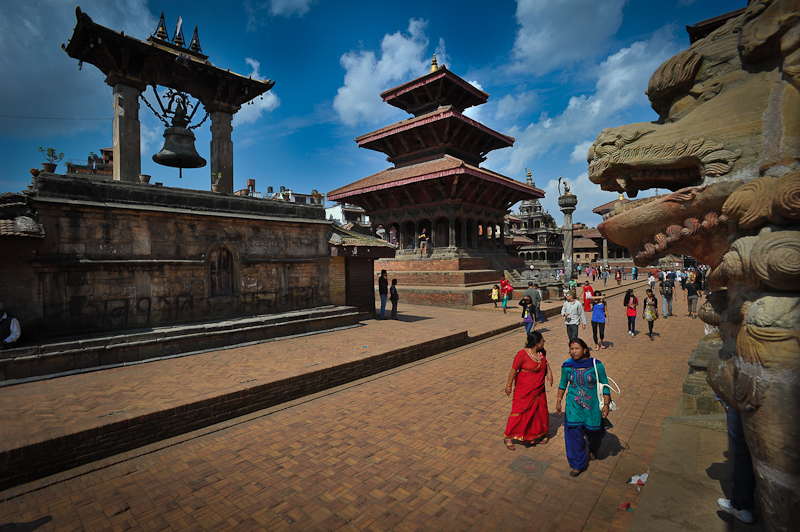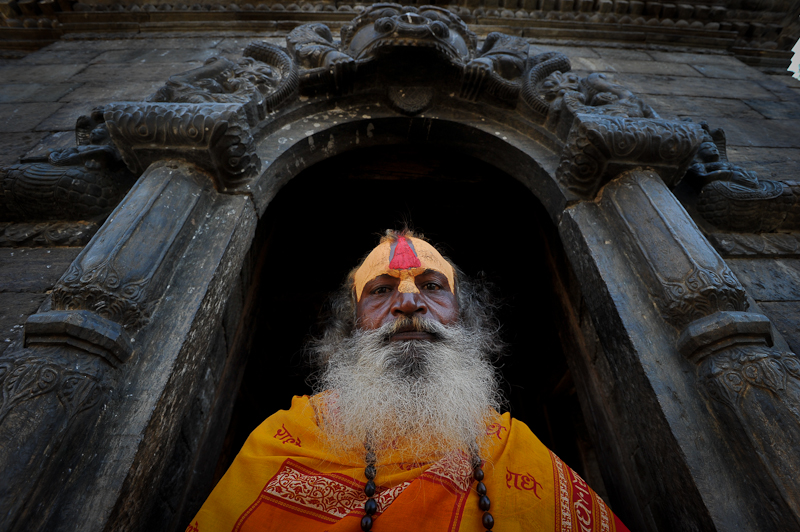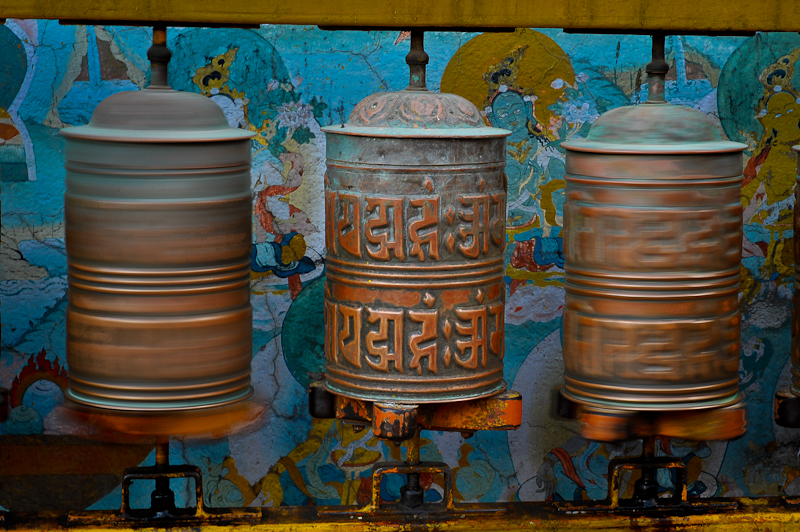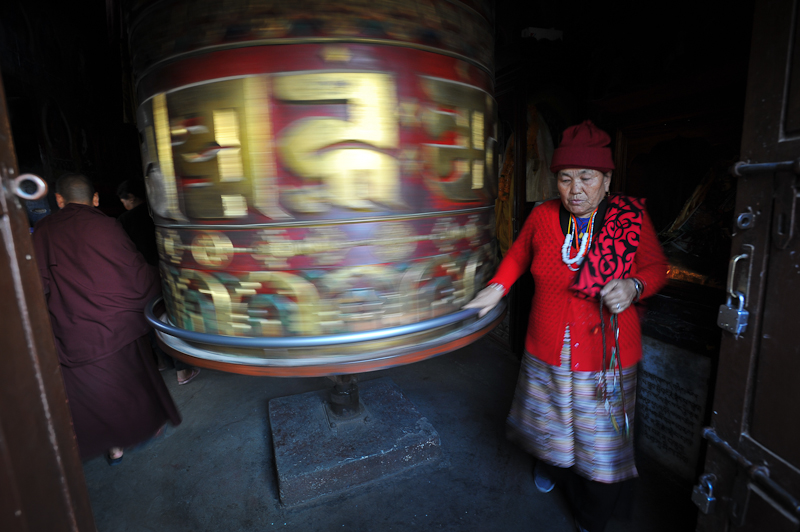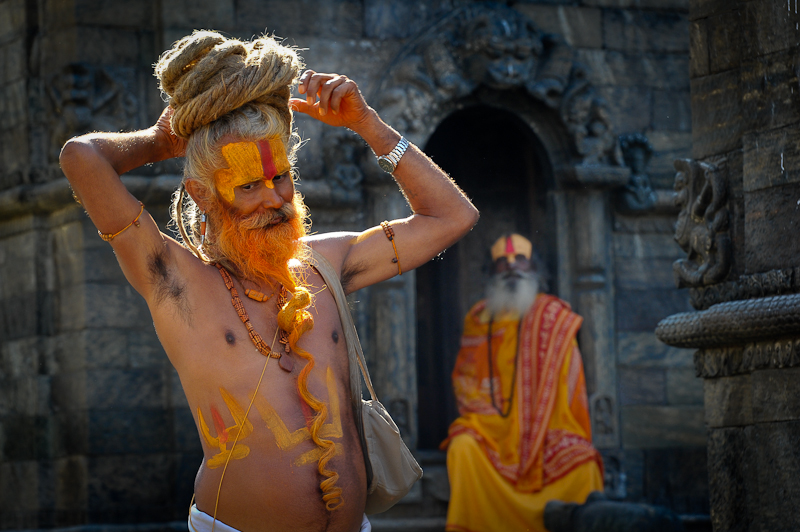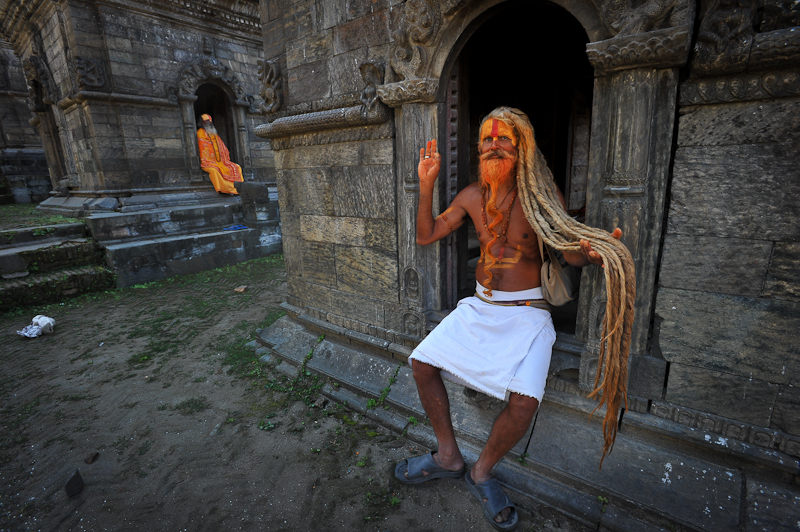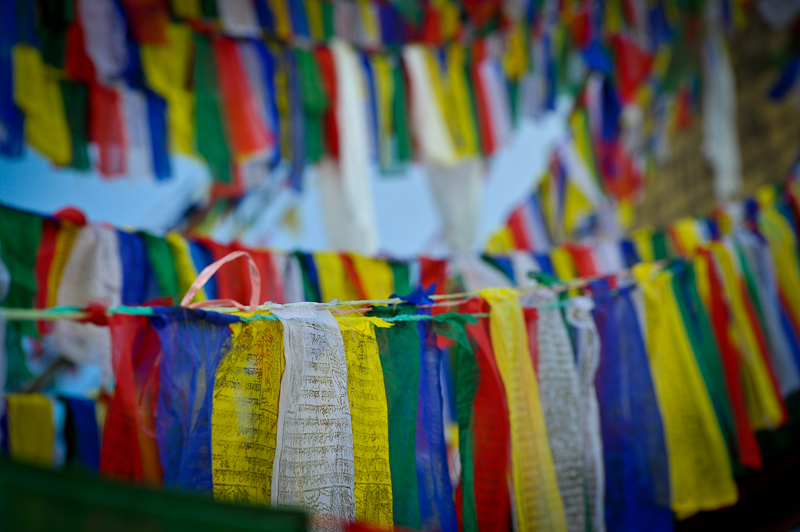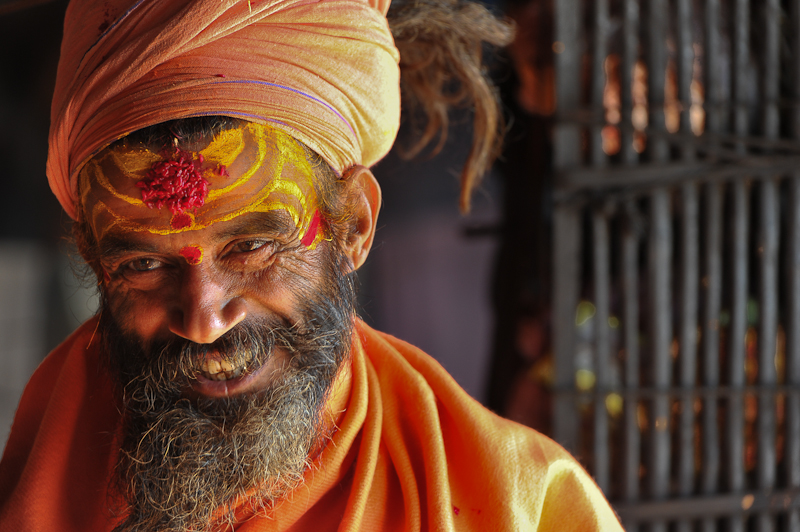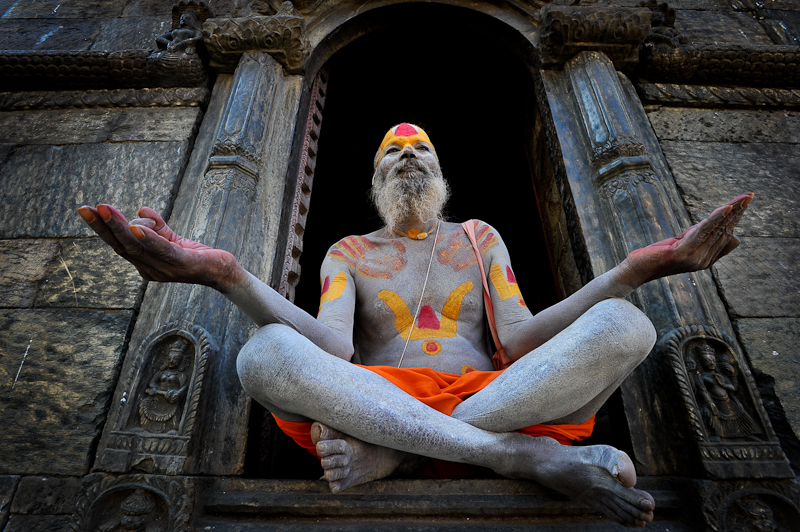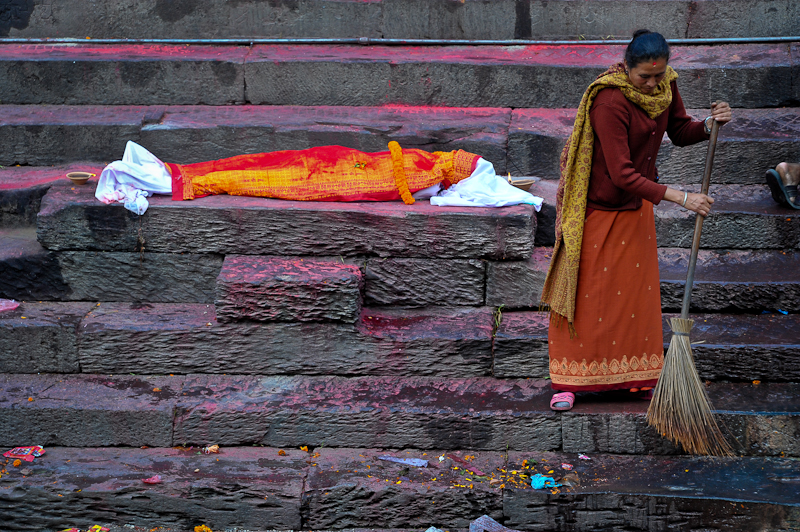Overview
Nepal offers unparalleled scenery with the majestic Himalayan ranges serving as a backdrop, pristine lakes, authentic villages, vibrant squares and ornate temples. Enriched with a diverse cultural tapestry, the country embraces a fusion of Hinduism, Buddhism, and various other spiritual practices, with their rich traditions and beliefs intricately woven into the fabric of everyday life. From the snow-capped peaks to the bustling local markets, every corner of Nepal tells a story waiting to be captured through your lens.
While certain iconic landmarks demand attention for their historical significance and incredible artwork, our journey was curated to veer away from most tourist paths, prioritizing a genuine exploration of this remarkable land and its people. Photographically, our itinerary immerses in seldom-explored villages, allowing intimate encounters with diverse local communities. Through careful planning, we planned quality time to foster meaningful connections, capturing not just images but also cherished memories that reflect the soul and essence of Nepal.
Under the guidance of Patrick who has traveled and trekked Nepal numerous times, and knowledgeable local experts speaking the many local languages, our focus will be capturing the authentic essence of Nepal through the art of portraiture, however, the landscape enthusiasts will be delighted with the allure of the Nepalese landscape, with its millet and wheat fields, apple orchards, and the awe-inspiring grandeur of the Annapurna Mountain Range. Imagine embarking on such a visual journey that intertwines the intricacies of Nepali cultures with the magnificent spectacle offered by its natural wonders.
Please note:
Altitude: Acclimation in Pokhara (2640ft) and Kagbeni (9240ft) before Muktinat (11,880ft 2 nights). The hotel has facilities in case people have headaches or shortness of breath.
Stairs/Climbing: In Swayambhunath, there are many stairs up and down, which can be taken slowly. In Muktinath, horses can carry folks to the temple. Villages have dirt alleys and pathway.
It’s a 2-season trip – warm in Kathmandu and around, but cold in Mustang. Inexpensive winter garments can be easily purchased in Pokhara, if need be.
Itinerary
(Subject to change)
Day 01 (Oct 23): Arrival in Kathmandu
On arrival, you will be met, greeted, and transferred to the hotel by our staff. With its ornate palaces, temples, and squares, Kathmandu, the capital of Nepal, is a fascinating place. Ideal for exploring by foot, the city offers a startling array of market stalls and craft shops selling locally produced goods. What’s more, the people are considered to be amongst the friendliest in Asia. At 6 PM, we all gather for the orientation, drinks, and dinner at the hotel. Overnight stay at in Kathmandu.
Day 02 (Oct 24): Kathmandu
After breakfast, a full-day sightseeing in Kathmandu. Durbar Square and Patan showcase profound historical and cultural significance for Nepali heritage. Durbar Square gives insights into Malla dynasty rule with stunning ancient architecture while Patan as the center of Newari craftsmanship and artwork, exemplifies the remarkable creativity of Nepali artisans. Both places, laden with revered temples and palaces, amplify Nepali identity, enriching national pride. We will stroll the streets in these bustling neighborhood, hunting and fishing for picture-perfect moments. Overnight stay in Kathmandu.
Day 03 (Oct 25): Kathmandu – Bhaktapur (By surface approx. 35 Kms/1.5 Hrs)
As the morning sun peeks over the Kathmandu Valley, Swayambhunath Stupa comes to life with monks chanting mantras while performing their morning rituals, and pilgrims spinning prayer wheels, surrounded by mischievous monkeys hoping for their next snack. Back to the hotel for breakfast then drive to Bhaktapur.
Cobblestone lanes lead you into medieval charm at Bhaktapur Square, We will wander narrow alleys dotted with temples and traditional homes with carved wooden windows, meet craftsmen, and potters, and soak in the timeless way of life in vibrant Bhaktapur. Overnight stay in Bhaktapur.
Day 04 (Oct 26): Bhaktapur – Kathmandu (By surface approx. 35 Kms/1.5 Hrs)-Pokhara (By flight)
After breakfast, transfer to the airport to fly to Pokhara (approx. 25 minutes flight). Upon arrival at Pokhara transfer to hotel and check-in. Afternoon boating on Phewa Lake (a few steps from our hotel.) Nestled beneath the Annapurna mountain range, it is Pokhara’s shimmering blue jewel. We will stroll along the lake for candid pictures of the people relaxing and playing while getting ready for dinner. Pokhara is the ideal place to get some affordable warm clothing before our journey to Mustang. Overnight stay at Pokhara.
Day 05 (Oct 27): Pokhara – Jomsom (By flight)- Kagbeni (By surface approx. 12 Kms/30 minutes)
After breakfast transfer to Pokhara airport for our flight to Jomsom (approx. 25 minutes flight). Upon arrival at Jomsom airport, transfer by jeep to Kagbeni for about 30 minutes, and check-in to the hotel.
Nested along an ancient trade route under the shadows of Dhaulagiri, red-robed monks wander picturesque Kagbeni’s narrow alleys lined with weathered prayer wheels and mud-brick houses. Stop at a local teahouse and watch the world pass by – yaks and cows wandering, trekkers of the Annapurna Circuit refueling and finding refuge, farmers coming back from what and apple plantations. This small Himalayan hamlet intrigues with its rugged scenery and spiritual charm. We will acclimate for altitude here, gently strolling the streets to connect with locals and witness their daily lives. Overnight stay at Kagbeni.
Day 06 (Oct 28): Kagbeni – Muktinath (By surface approx. 14 Kms/1.5 Hr)
After breakfast, we drive to Kathmandu domestic airport and take a flight to Chitwan (Bharatpur airport) (approx. 35 minutes flight). After breakfast at the hotel drive to Muktinath. We will stay minutes from sacred site of Muktinath situated at an oxygen-light altitude of 12,170 feet (3,710 meters). This is an important pilgrimage site for Buddhists and Hindus who journey from far and wide to bathe in ice-cold pools and walk under 108 bone-chilling sacred fountains sourced from mountain springs and glaciers. Prayer flags flutter in the crisp air as devotees chant before a tiny, ancient pagoda sheltering an eternal flame, said to be lit by magic thousands of years ago. Our luxurious hotel has all the comfort and equipment suitable for the altitude, cold nights, and stunning views of the area. Overnight stay at Muktinath.
Day 07 (Oct 29): Around Muktinath
After breakfast visit authentic villages in the area, driving our jeeps on less travelled tracks to explore authentic Gurung villages. People make a living growing buckwheat, barley, and potatoes in this harsh, otherworldly landscape. Inside smoky kitchens locals brew millet and serve warm butter tea. Villagers radiate warmth and kindness and consider visitors as kindred spirits. Though life is hard here, they personify Nepal’s enduring spirit and charm. We will visit local homes, meet Tibetan medicine doctors, focus on immersing into the culture and way of life in these high altitudes away from everything, and capture beautiful portraits to remember and share. Overnight stay at Muktinath.
Day 08 (Oct 30): Muktinath- Pokhara (By flight)
After a very early breakfast drive to Jomson (2 hours) to get the first flight back to Pokhara (approx. 25 minutes flight). Upon arrival transfer to the hotel and the rest of the day is free or leisure on your own, enjoy walking along the bank of Phewa Lake, admiring the stunning reflection of the Fish Tail Peak in the blue Phewa Lake waters. Later in the evening, we will attend the Aarti on the bank of Fewa Lake, perhaps joining the locals for a song and dance. Overnight stay at Pokhara.
Day 09 (Oct 31): Pokhara
Early morning (optional), we drive to Sarangkot to have the sunrise views over the Annapurna range (approx. 30-minute drive). Situated at an elevation of about 1700 meters (5,576ft), is very popular for mountain scenery. Here you can see panoramic views of Annapurna (8091m/ 26,545ft), Manasalu (8165m/ 26,781ft), Ganesh Himal (7446m/ 24,422ft), Dhaulagiri (8167m/ 26,795ft), Machhapuchhre (the sacred mountain) and 25 other mountains over 6000 meters (19,680ft) high. This area also offers you views of the Pokhara Valley with all its natural beauty.
Visit Pokhara outskirts, beginning by driving and hiking up to the colossal white dome World Peace Pagoda for panoramic lake and mountain views. Next gaze up at the towering Shiva statue before descending to the powerful cascade of Davis Fall. We can also venture underground into the dark limestone caverns of Gupteshwor Cave and visit the sacred Bindabasini Temple alive with pilgrims honoring Durga. This temple is one of the most popular shrines among the Hindu people. Locally, this temple is called Bindabasini Mandir. This temple is located on the hilltop and is 3000 meters from the sea level. This temple is white pagoda-styled and is located in the old bazaar of the Pokhara Valley. This temple is devoted to the Hindu goddess Durga also known as Shakti or Maa Kali the symbol or the bloodthirsty aspect of the goddess Durga. There is daily worshiping up to 9 days during the greatest festival of the Hindus i.e. Bada Dashain as it is the victory of the truth over the untruth or the demons. So, the sacrifice is given to the goddess on Saturdays and Tuesdays. Just on the opposite side of the Bindabasini Temple, there is another temple called Krishna Mandir where the annual birthday of Lord Krishna is celebrated on the day called Krishna Janmashtami. Other rituals such as marriage and Barta-Bandha are held on this religious shrine. The scented fragrances of “Dhup” give a fresh and cool environment, enjoy a free evening. Overnight stay at Pokhara.
Day 10 (Nov 1): Pokhara – to Gurung Village (Dhampus)
After breakfast at the hotel, drive to Gurung village Dhampus. On the way, we will have many picture opportunities with local wheat and miles farmers. With the stunning Annapurna as a backdrop, we will immerse into the timeless Gurung village Dhampus with its rural mystique. We will witness everyday life as women weave cotton on old looms in bamboo homes, witness them brewing the savor millet Tongba, a popular traditional alcoholic local beverage. This village is small and hospitable, we will explore by ourselves or in little groups, and gather for the evening in our cozy local lodge. Overnight stay at Dhampus.
Day 11 (Nov 2): Gurung Village (Dhampus) – Pokhara
Early wake up for sunrise on Annapurna views, while sipping a warm cup of local tea. After breakfast, drive back to Pokhara. Afternoon in Pokhara, we will have a photo review session.Overnight stay in Pokhara.
Day 12 (Nov 3): Pokhara-Kathmandu (By flight)
After breakfast, transfer to the Pokhara airport to fly back to Kathmandu (approx. 25 minutes flight). Pashupatinath, a revered Hindu temple in Kathmandu, hosts a vibrant community of Sadhus, ascetic holy men embodying ancient spiritual traditions. Adorned in saffron robes, covered in ash, and adorned with intricate markings, these ascetics renounce worldly attachments, dedicating their lives to meditation, prayer, and worship of Lord Shiva. Their presence enriches the temple’s spiritual ambiance, offering blessings, performing rituals, and engaging with visitors seeking guidance or spiritual insights. We will spend some time crafting respectful portraits of the Sadhus, themselves welcoming and posing as models.
Pashupatinath hosts cremation ghats along the Bagmati River. Families perform cremations in open-air platforms, believing it liberates the soul from the cycle of rebirth. The rituals emphasize spiritual transition and symbolize the impermanence of life. To wrap up the evening, we attend the Aarti, a ritual of worship with lighted wicks, accompanied by devotional hymns. This ceremony pays homage to Lord Shiva, fostering a sacred atmosphere and drawing devotees seeking spiritual blessings and divine connection. The crowd is very engaged, singing and dancing, and the ritual is enchanting for photography.Overnight stay at Kathmandu.
Day 13 (Nov 4): Kathmandu – Departure
Transfer to the International airport to board the flight home.

